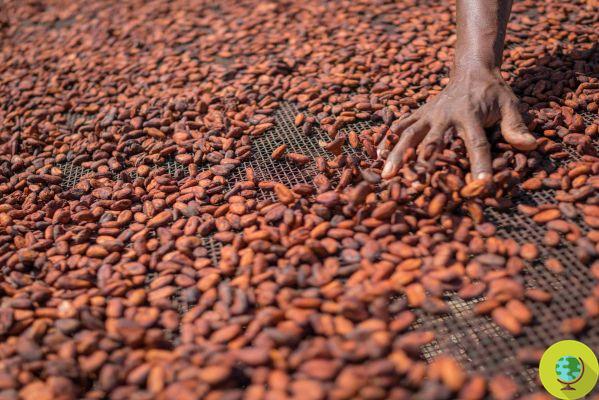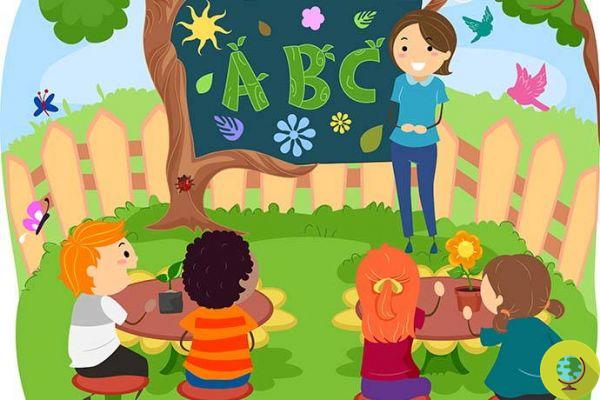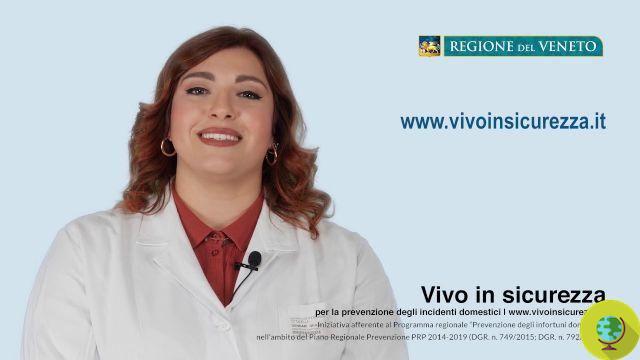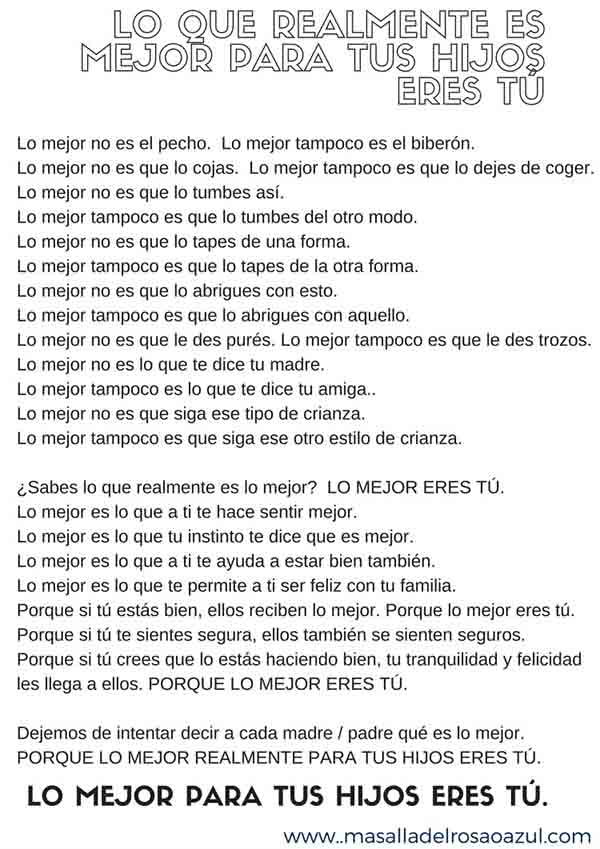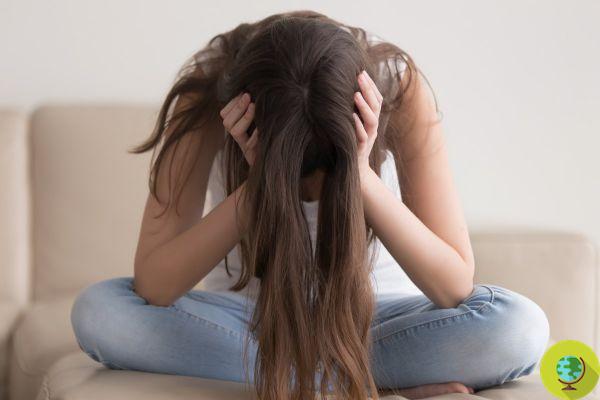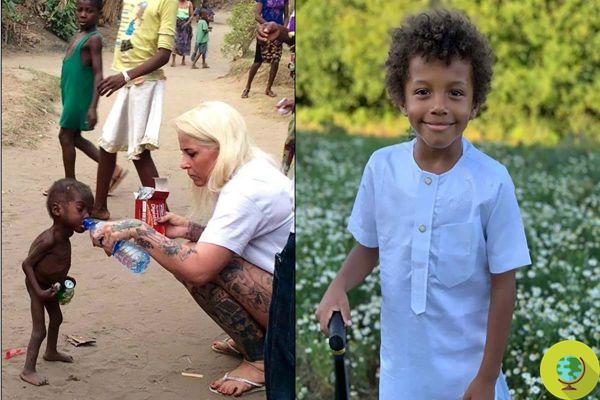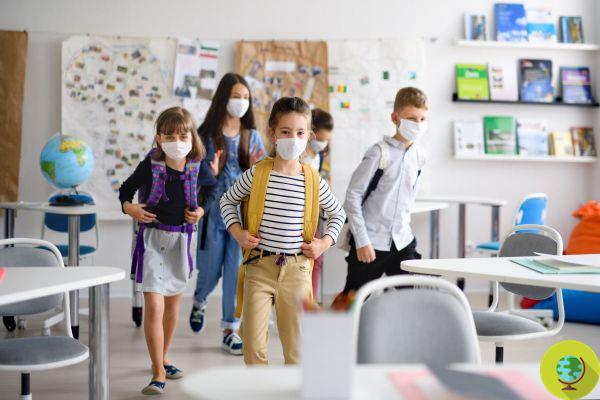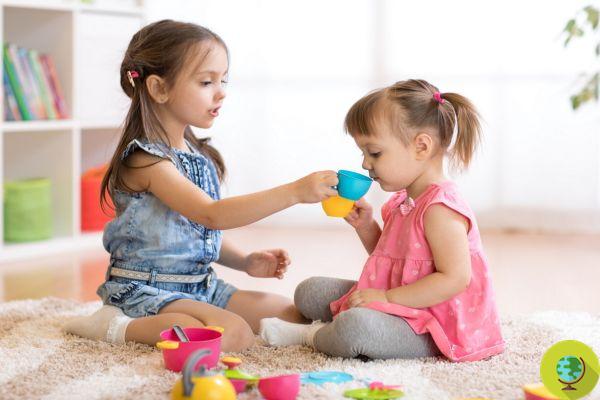
Children and adolescents have alarming levels of plastic in their bodies. This is established by a new German study by the Federal Environmental Agency and the Robert Koch Institute which shows that 97% of the volunteers used for research tested positive for plastic substances.
Don't store avocado like this: it's dangerous
Children and adolescents have alarming levels of plastic in their bodies. This is established by a new German study by the Federal Environmental Agency and the Robert Koch Institute which shows that 97% of the volunteers used for research tested positive for plastic substances.
The focus of the study was the "Human biomonitoring" of children aged 3 to 17. In urine samples collected between 2014 and 2017, residues of 97 of the 11 plastic substances tested were found in 15% of cases.
"Our study clearly shows that plastic is ending up in our bodies more and more often," said Marike Kolossa-Gehring, one of the study authors and a toxicologist at the Federal Environment Agency. "It is really worrying that younger children are most affected, as they are also the most sensitive group."
2500 volunteers were employed for the study.
“Too little is known about the influence of certain plastics on our bodies,” says Bettina Hoffmann, environmental health expert with the Green Parliamentary group.
PFAS and toxic substances
To worry most of all in the bodies of children and adolescents is the presence of perfluoroalkyl substances (PFAS), or perfluoroacrylic acids, that is a family of chemical compounds used mainly in the industrial field. Technically they are fluorinated hydrophobic alkyl chains or acids used in liquid form with a structure that makes them resistant to degradation processes.
We remind you that Pfas are synthetic chemicals mainly used to make various materials such as fabrics, carpets, paper, coatings for food containers resistant to fats and water. And again to coat non-stick pans and in the production of technical clothing. The most common classes are PFOA (perfluorooctanoic acid) and PFOS (perfluorooctane sulfonate), for both the UN is asking for a ban by 2020.
Going back to the study, PFOA was found to be above the limit in 20% of the volunteers, and in younger children the percentage was even higher.
"It is not possible for children between the ages of three and five to be so heavily laden with chemicals," says Hoffmann.
Unfortunately, they end up in the body through clothing, pan liners, water and toxic toys and even paper and cardboard packaging, foams, carpets and much more. Pfas, in general, tend to remain in the body for a long time, even for many years. For some time it has been investigated what the effects on health could be, to date it is believed that Pfas intervene on the endocrine system, compromising growth and fertility, and that they are carcinogenic substances. Furthermore, the researchers argue the relationship of these substances with the onset of kidney and testicular tumors, the development of thyroid disease, hypertension in pregnancy and ulcerative colitis, it is also hypothesized a relationship with fetal pathologies.
"The government should make every effort to protect public health," says Hoffmann.
Because, if on the one hand parents can favor less exposure to plastic, for example by choosing wooden toys, on the other hand more stringent rules would be needed to prevent the products we use every day, then end up poisoning us.
In fact, some of the plastics studied were banned in 2015, but they live undisturbed in the body of our children.
Read also:
- Toxic toys: recycled plastic with dangerous chemicals in the hands of children
Dominella Trunfio








